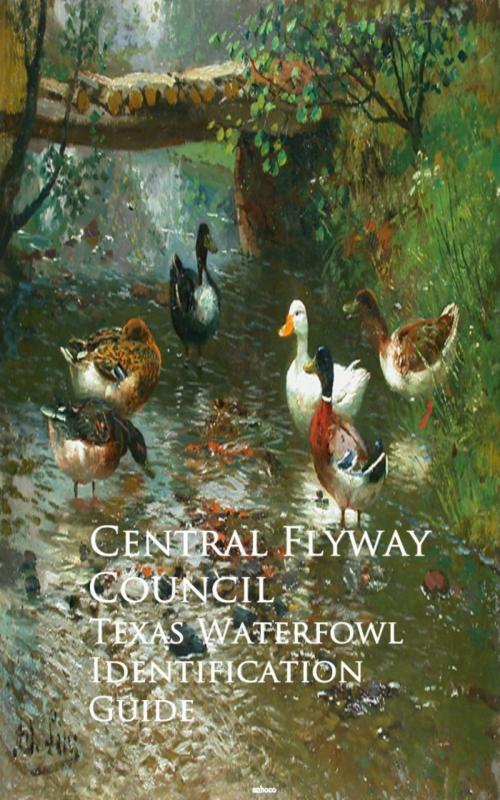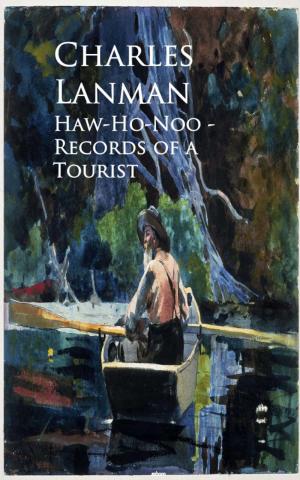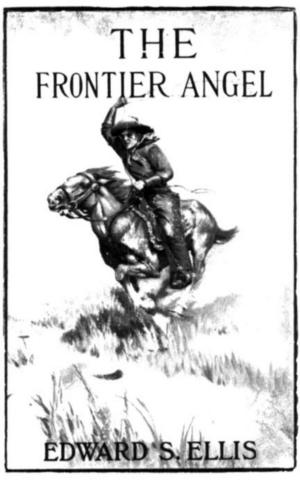| Author: | Central Flyway Council | ISBN: | 9783736420014 |
| Publisher: | anboco | Publication: | June 19, 2017 |
| Imprint: | Language: | English |
| Author: | Central Flyway Council |
| ISBN: | 9783736420014 |
| Publisher: | anboco |
| Publication: | June 19, 2017 |
| Imprint: | |
| Language: | English |
The North American continent, at the time of its discovery and early settlement, had a waterfowl population which was one of its many wonders. So far as the evidence shows, no equal area of the earth's surface ever supported such vast numbers of so many different ducks and geese, and this situation persisted to a time within the memory of living men. Long after the end of early settlement on this continent, hunting was free and harvest unlimited. But as the advancing tide of settlement reached into the north-central prairie states and provinces in the final years of the Nineteenth Century, radical changes began. From that time on North American waterfowl habitat began to deteriorate. Literally millions of acres of former nesting ground in the north have now been drained and put to the plow. South of the breeding range, not only agriculture, but industrialization and urbanization also have steadily reduced available resting and wintering grounds. The progressive decline in waterfowl numbers which followed these changes in land use led eventually to the scientific management of waterfowl. Spring shooting and market hunting were abolished in the second decade of this century. Ten years later the federal government undertook detailed regulation of migratory waterfowl so the annual harvest could be made proportional to the annual production. This was accomplished through collective effort by State, Provincial and Federal agencies of Canada, Mexico and the United States to obtain scientific information. In keeping with biological principles, most of the restrictions on bag limit and means of taking have been used with some flexibility. Throughout the decline of all waterfowl populations some species have been underharvested. These species have declined in about the same proportion as those species on which the bulk of the harvest occurred.
The North American continent, at the time of its discovery and early settlement, had a waterfowl population which was one of its many wonders. So far as the evidence shows, no equal area of the earth's surface ever supported such vast numbers of so many different ducks and geese, and this situation persisted to a time within the memory of living men. Long after the end of early settlement on this continent, hunting was free and harvest unlimited. But as the advancing tide of settlement reached into the north-central prairie states and provinces in the final years of the Nineteenth Century, radical changes began. From that time on North American waterfowl habitat began to deteriorate. Literally millions of acres of former nesting ground in the north have now been drained and put to the plow. South of the breeding range, not only agriculture, but industrialization and urbanization also have steadily reduced available resting and wintering grounds. The progressive decline in waterfowl numbers which followed these changes in land use led eventually to the scientific management of waterfowl. Spring shooting and market hunting were abolished in the second decade of this century. Ten years later the federal government undertook detailed regulation of migratory waterfowl so the annual harvest could be made proportional to the annual production. This was accomplished through collective effort by State, Provincial and Federal agencies of Canada, Mexico and the United States to obtain scientific information. In keeping with biological principles, most of the restrictions on bag limit and means of taking have been used with some flexibility. Throughout the decline of all waterfowl populations some species have been underharvested. These species have declined in about the same proportion as those species on which the bulk of the harvest occurred.















